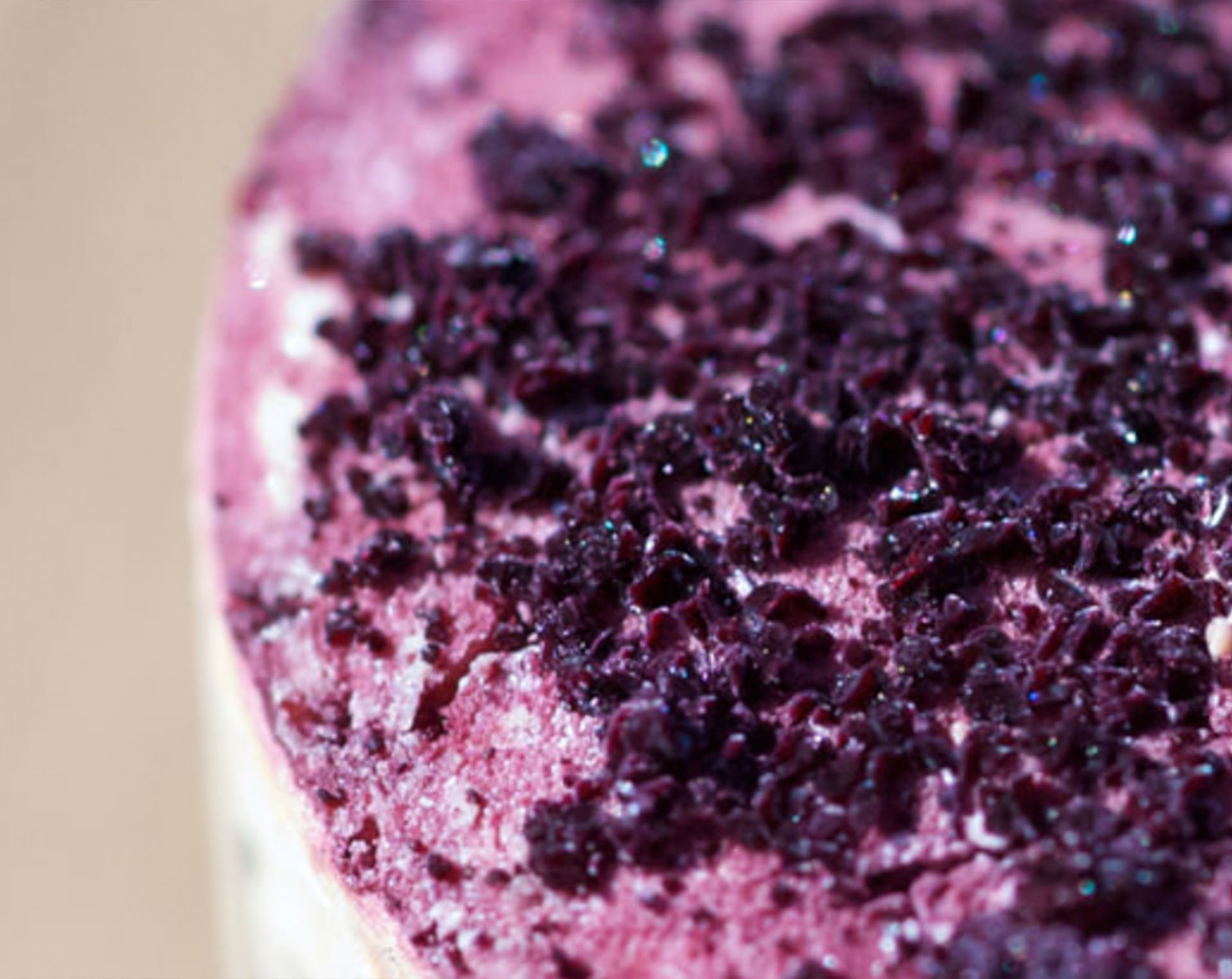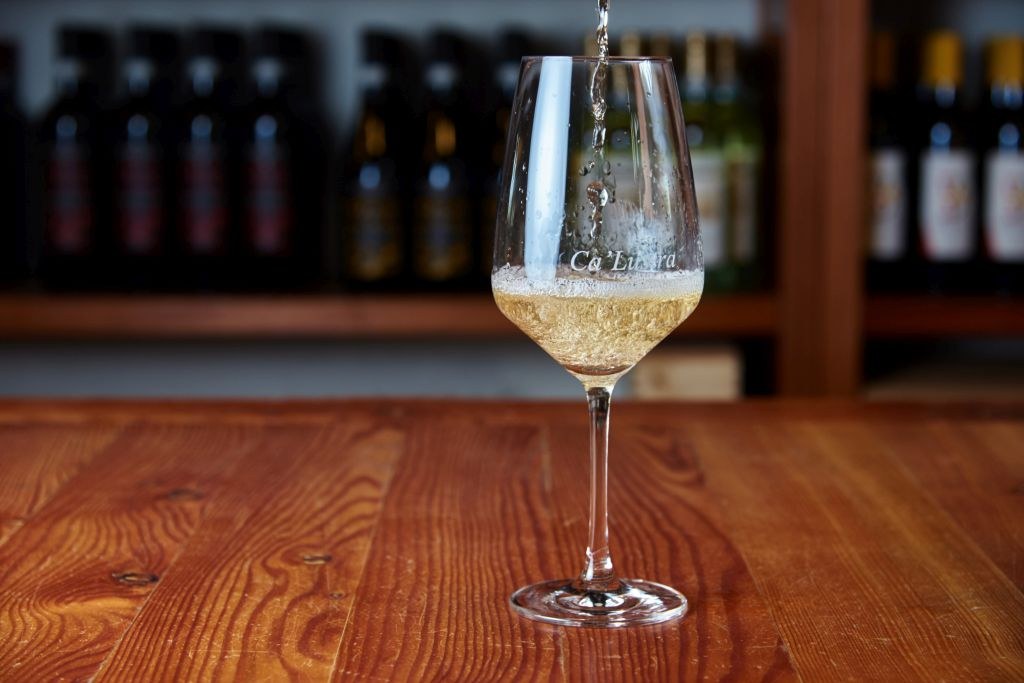
The serving temperature of wine

Are you aware about the importance of the serving temperature of wine? Enjoying a wine at the right temperature is not only important to analyze its features, but also to best experience it. Let’s find out why.
What temperature should wine be served at?
There are specific indications about how to serve wine in a correct way. We don’t want to be too strict, we know there is also the influence of personal taste, but it is important to fix a few important and useful rules.
General indications
First of all, it is important to know that the colder the wine is, the more difficult it is to feel the aromas of the wine… and its flaws! This is why it is better not to serve wine at a temperature below 6°C.
Higher temperatures intensify sweet and alcoholic notes. With colder temperatures it is easier to sense salty, bitter and astringent notes. Therefore, a fresh and savory white wine is better if sipped cold, whilst a glass of tannic red wine can be best enjoyed if served a bit warmer. Be careful not to overdo: if the temperature becomes excessive (over 20°C), the alcoholic taste will predominate, the sour notes will become pungent and the aromas too heavy.
Serving temperature of sparkling wines
There are different typologies of sparkling wines, all united by the presence of bubbles, which are carbon dioxide small particles. At a lower temperature, these particles slowly spread, favoring an elegant and persistent “perlage”, which makes possible a good conveyance of acidity and aromas.
What is, then, the best serving temperature of sparkling wines? If we have an easygoing, light and fresh wine, like a sparkling Serprino, we can say around 6°C. If we have a classic method wine with a good evolution, it would be better not to stay under 8-10°C to make the wine express its aromatic complexity to the fullest.
And what about sweet sparkling Fior d’Arancio? Its ideal serving temperature is 6-8°C: the wine will turn out to be light and perfectly sweet and aromatic. As we said, if the temperature is too low, the aromas will be less expressive. But in the case of an aromatic variety rich in terpenes, it will not be affected by a lower temperature.
Serving temperature of white wines
We know that during summer nothing sounds better than an ice cold glass of white wine. Well, we do not recommend it! Try this exercise: get some wine straight from the fridge, smell and taste it. Now let it set for a few minutes and try again. Then try again in 10-15 minutes: you will realize that the more time passes and the wine temperature gets warmer, the more the aromas of the wine increase and amplify.
To conclude, we can say that a light white wine aged in steel, can be served at a temperature of 8-10°C. It would be a waste to have, instead, a glass of a full-bodied white wine, aged in wood, at a temperature below 10-12°C. In Ca’ Lustra we actually suggest 12-14°C.
Why don’t you run a test with one of our wines? Take a bottle of Moscato Secco ‘A Cengia: it spreads delicacy and citrusy at 8°C, but as time goes by, you can taste mature fruits and balsamic notes of herbs, even spicy. Each sip becomes full and enveloping, with a sapid touch at the end that will make you fancy another glass.
Serving temperature of rosé wines and macerated white wines
This is a category of its own: to generalize, rosé wines and macerated white wines are richer than white wines and lighter than red ones.
If we have a light rosé wine, it is better to choose the same serving temperature of a white wine. If we have a wood-aged concentrated wine, like our Rosato, there will be more substance that needs to express itself.
It is the same for a white wine that went through a maceration on the skins: being slightly tannic and warm in scents, it requires a higher serving temperature: about 14°C.
Serving temperature of red wines
Talking about red wines we can introduce tannins, a feature just mentioned with macerated white wines. A young, fresh and fruity red wine, with soft tannins, will express its smoothness better if served at 14-16°C. A wine with a higher alcohol content and prominent tannins, or maybe aged, will be better appreciated at a serving temperature of 16-18°C, also 20°C: this will create a perfect balance among its tertiary scents, the spicy notes, the not so astringent tannin and the alcoholic presence.
If you keep our Cabernet Girapoggio in the fridge for a couple of hours (don’t do it), the tannins will become too bitter and astringent and you will not be able to feel the aromas.
What about the well known rule about serving red wines at room temperature? It has not to be strictly followed: conventionally the room temperature is around 18-20°C, but during summer it can reach 28°C or more (avoid these temperatures, the wine could be ruined). So, if you have a bottle of red wine over 20°C, do not drink it immediately: put it in the fridge for about half an hour in order not to feel an excessive alcoholic note.
Serving temperature of sweet wines
Wines from dried grapes and late harvests express themselves better at a temperature between 14 and 16°C: aromas, sweetness, alcoholic notes and acidity will be well balanced.
Think about our Fior d’Arancio Passito: it is a very complex wine, both on the nose and on the palate. It is nice to appreciate its aromas without losing its freshness.
Suggestion from Ca’ Lustra
Since everyone has a different taste about wines, we suggest keeping a curious and interested approach while dealing with it. These are useful statements to create your personal taste chart. Try making some experiments: do you feel like a bottle of wine is too hot or too cold? Let it chill in the fridge or let it get warmer in the glass. Now try to spot the differences and try to understand your favorite sensations.
Do you like sour and tough notes? Maybe you prefer the wine to be fresher. Do you love full and soft aromas? Let your wine set in the glass. A few tries will help you to become aware and conscious of your personal taste.
In Ca’ Lustra we also love “ the journey”, the transition of the wine in the glass from 10 to 30 minutes or more. We also love to discuss: to exchange opinions and points of view to increase our knowledge with different shades and facets.
